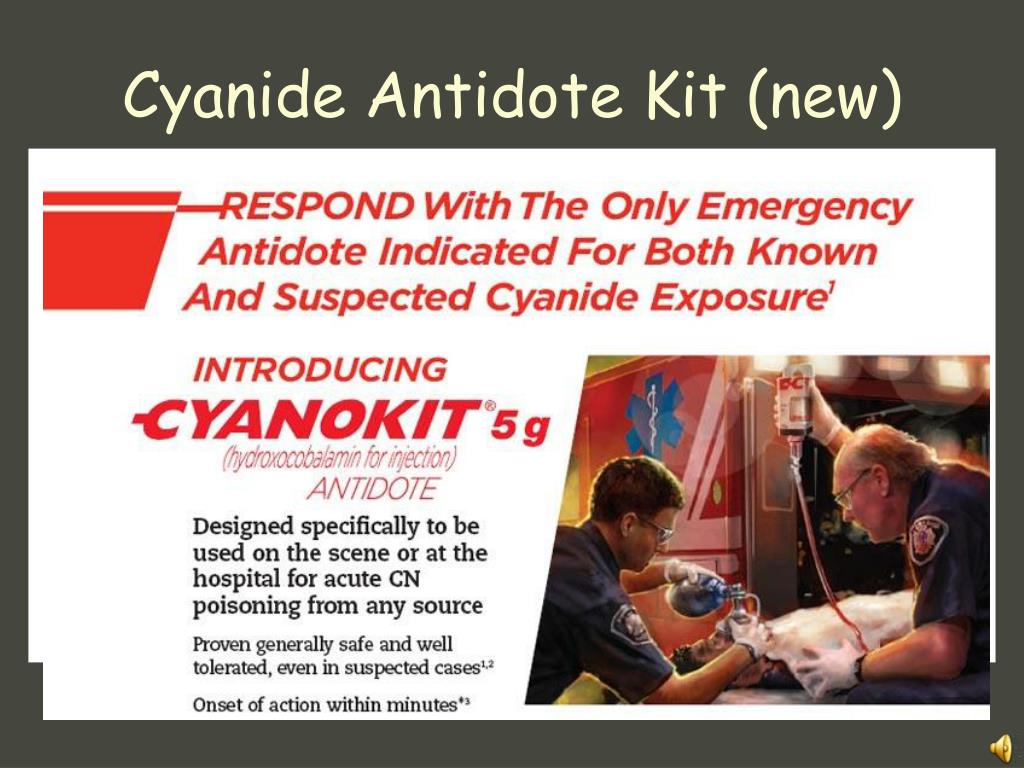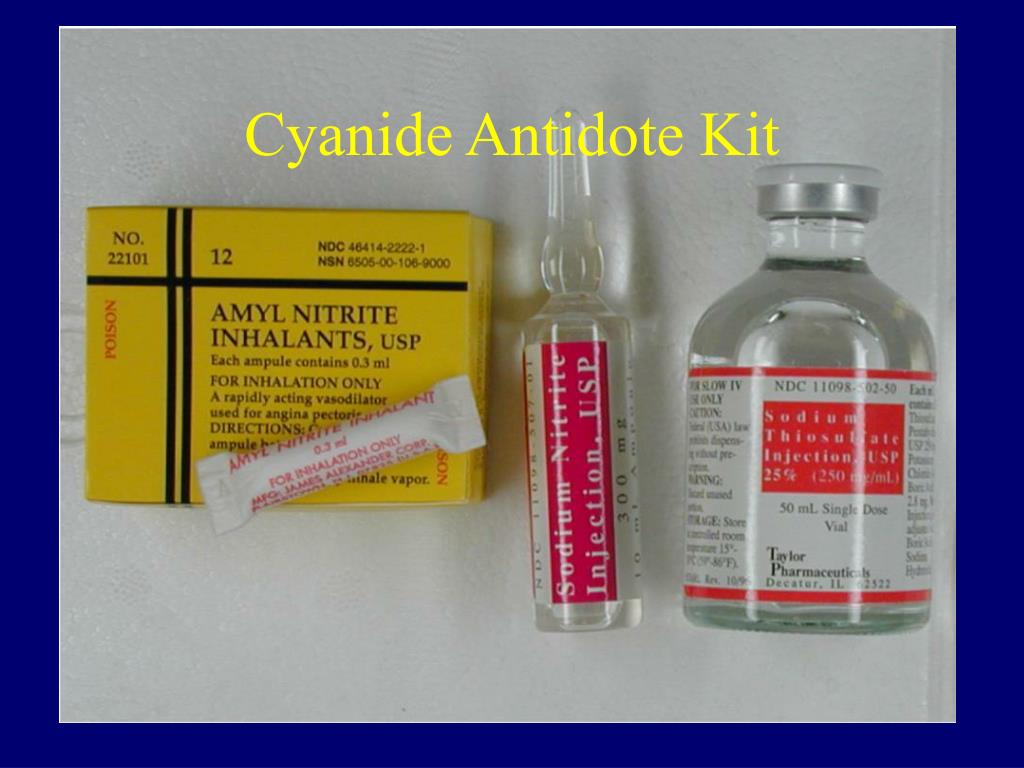

In all cases, a copy of the applicable cyanide safety data sheet (SDS) should accompany the patient to hospital. Remove contaminated clothing and place in a biohazard bag labelled '"Contaminated with Cyanide" until they can be decontaminated.Remove contaminated clothing and place in a biohazard bag labelled "Contaminated with Cyanide" until they can be decontaminatedĭo not use mouth to mouth or mouth to nose resuscitation, due to risk of contamination.Check airway and clear if necessary (use nitrile gloves as above).Continue treatment until medical assistance arrives.Wash all contaminated skin with copious amounts of water for at least 20 minutes.Remove contaminated clothing and place in biohazard bag labelled "Contaminated with Cyanide" until they can be decontaminated.Administer medical oxygen at the maximum rate via a resuscitation mask.

Double glove to avoid contamination from patient's skin and clothes.Contact Emergency Services on (0) 000 from a Monash internal phone line or 112 from a mobile.Speed is essential - treatment must be prompt to be effectiveįirst aid assistance should only be rendered if there is no suspected cyanide gas/dust in the immediate environment. All oxygen cylinders must be maintained according to the First Aid Procedure. First Aiders must have completed basic oxygen administration training ( 22298VIC Course in Basic Oxygen Administration). Where cyanide is used, a risk assessment should be undertaken to determine if medical oxygen is required. Symptoms of cyanide poisoning Mild or early cyanide poisoningĭifficulty breathing, sense of suffocation The critical factor is the speed with which the first aid can be started after exposure. The most likely injury is to the person using the material but production of hydrogen cyanide gas in an open laboratory could have serious consequences for all occupants. Cyanides can enter the body by inhalation, by contact with the skin or eyes and if swallowed (ingestion).Īlthough cyanide poisoning is uncommon, all staff and students working with or studying in areas using or storing cyanide must be familiar with the first aid required for cyanide poisoning. The heart and central nervous system are particularly prone to rapid damage. Cyanide compounds prevent the transfer of oxygen from the blood to body tissues as a result of selective inhibition of respiratory enzymes. Planetary Health - What is it and why is it important?Ĭyanide compounds are very toxic to humans and inhalation exposure can be rapidly fatal. Talking food and climate - Webinar Recording Risk Management and Safe Work Instructions


 0 kommentar(er)
0 kommentar(er)
